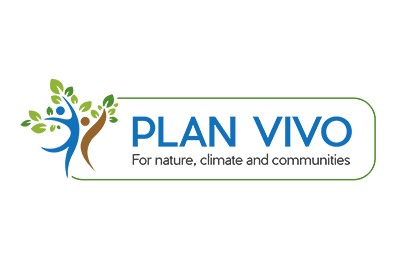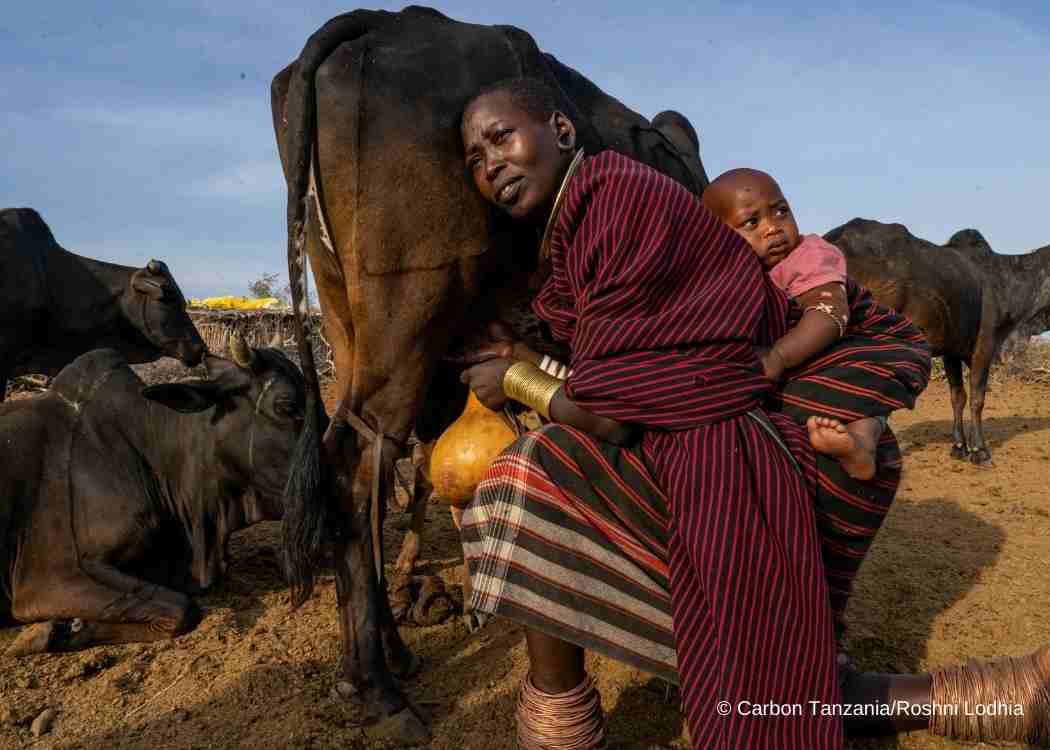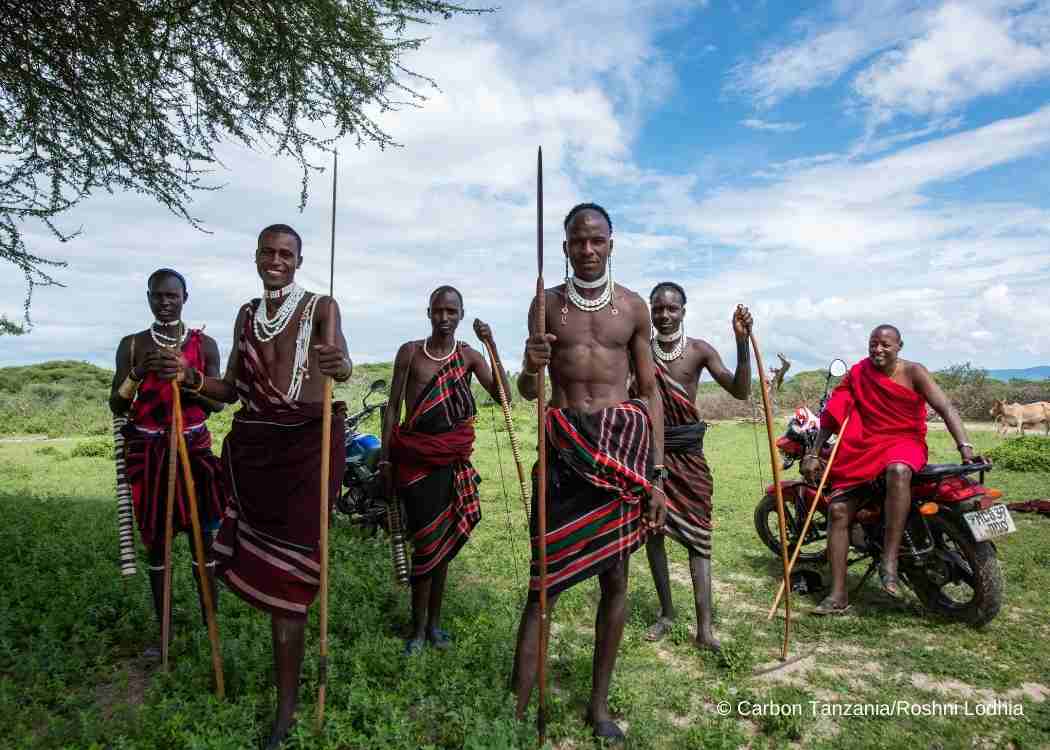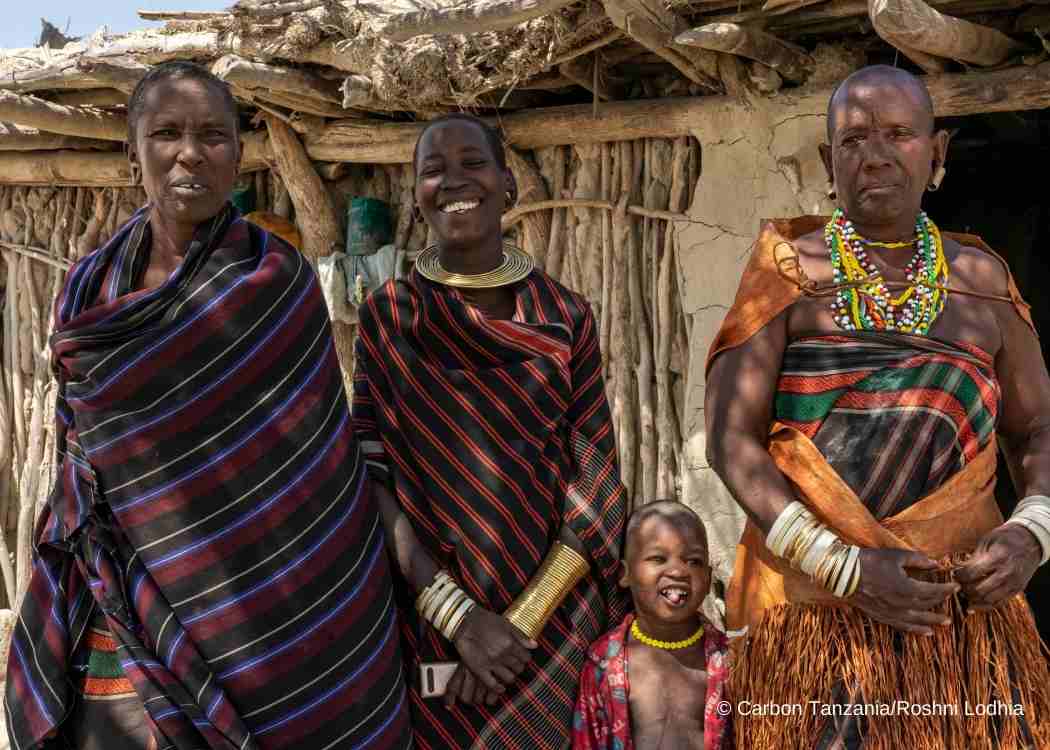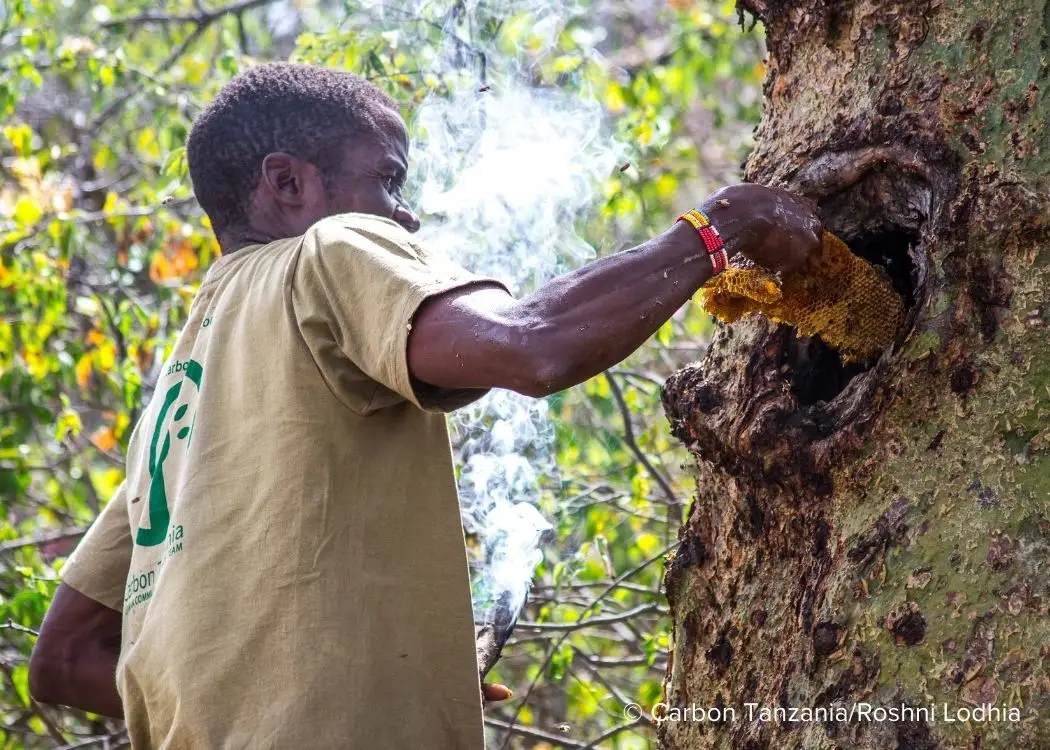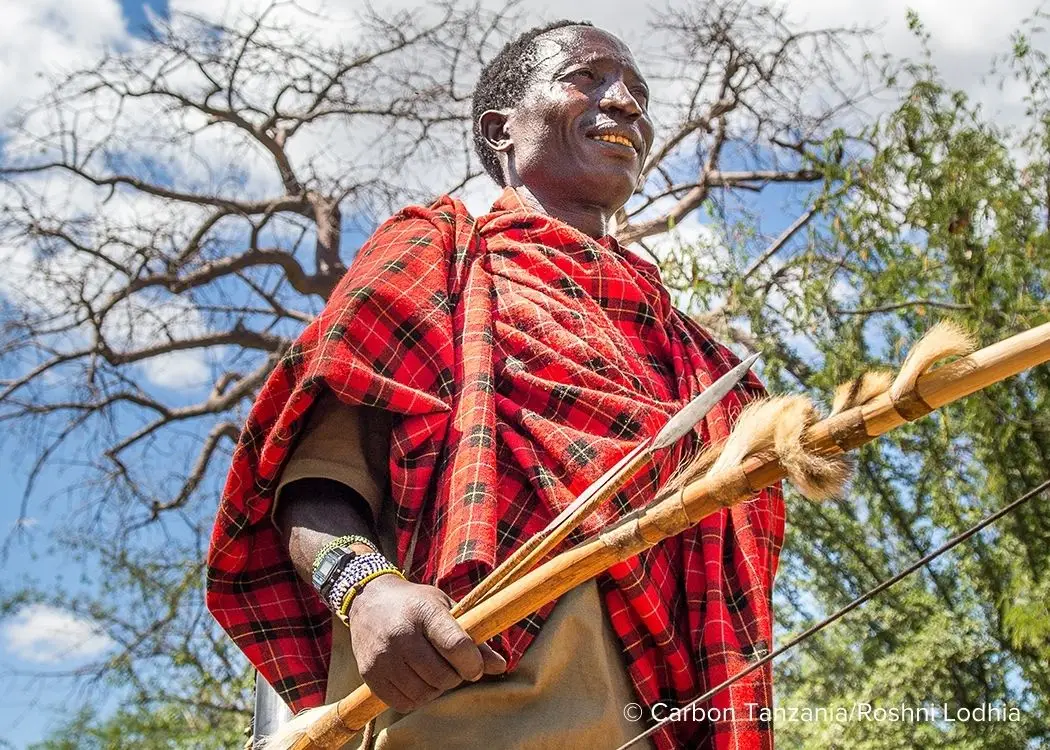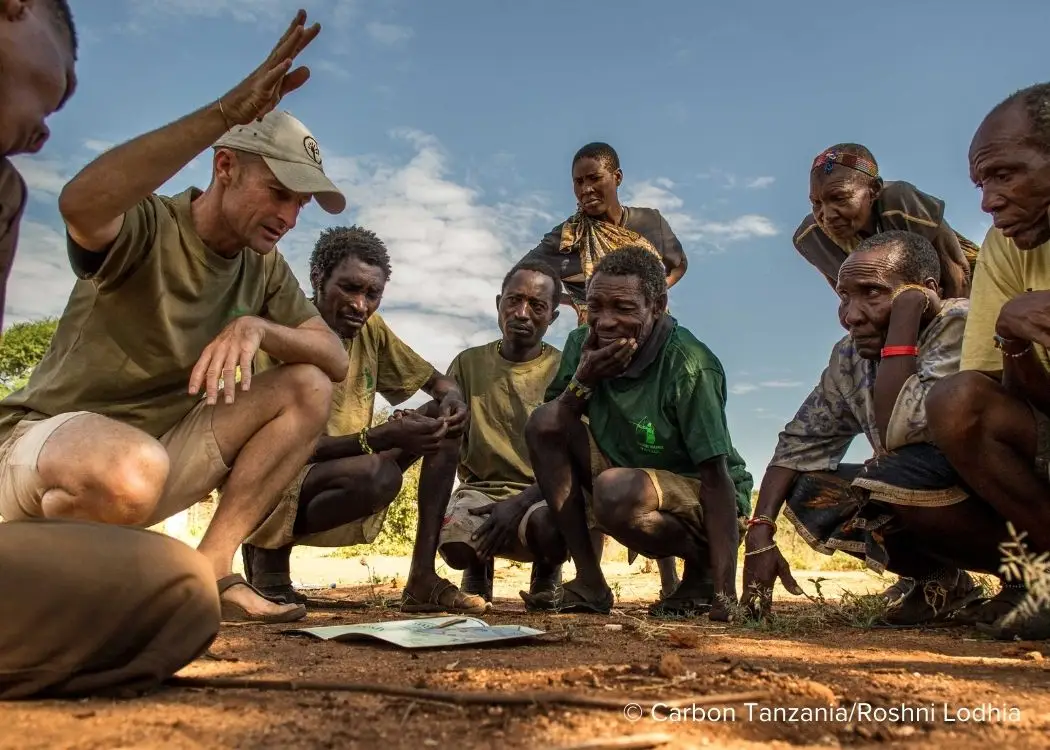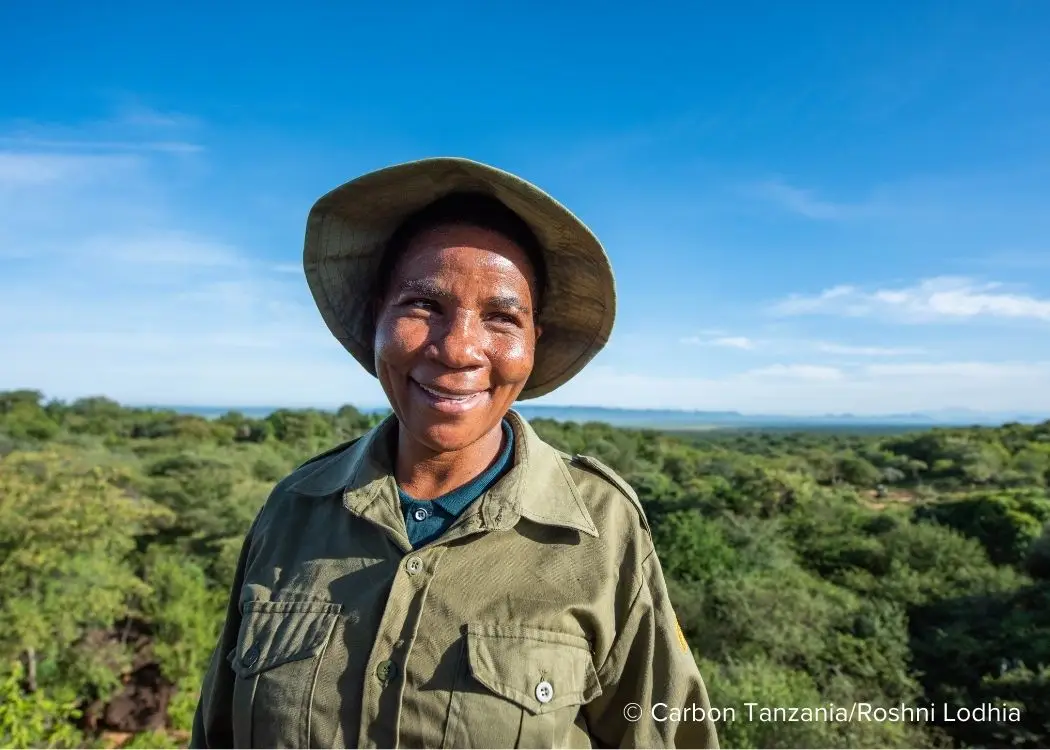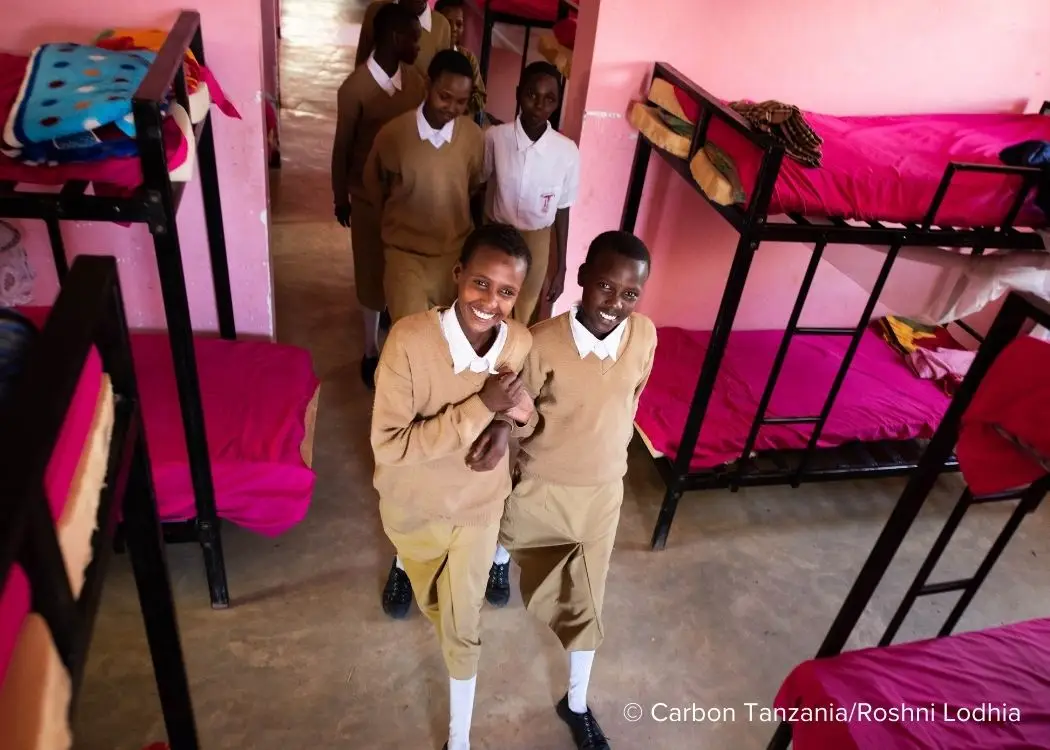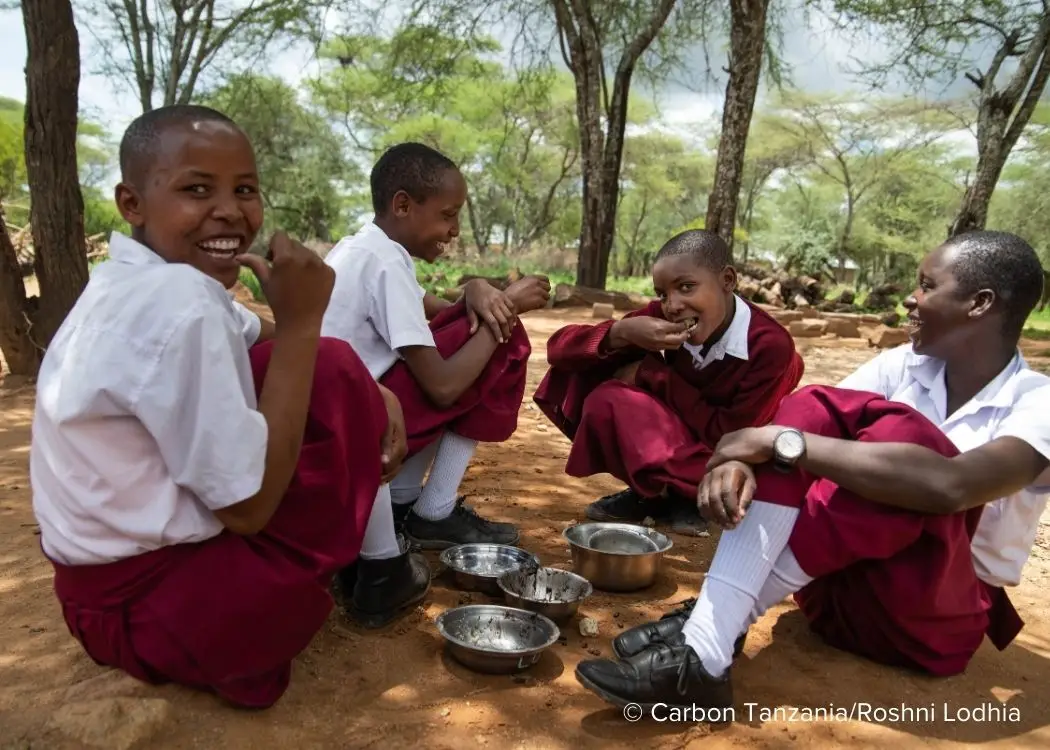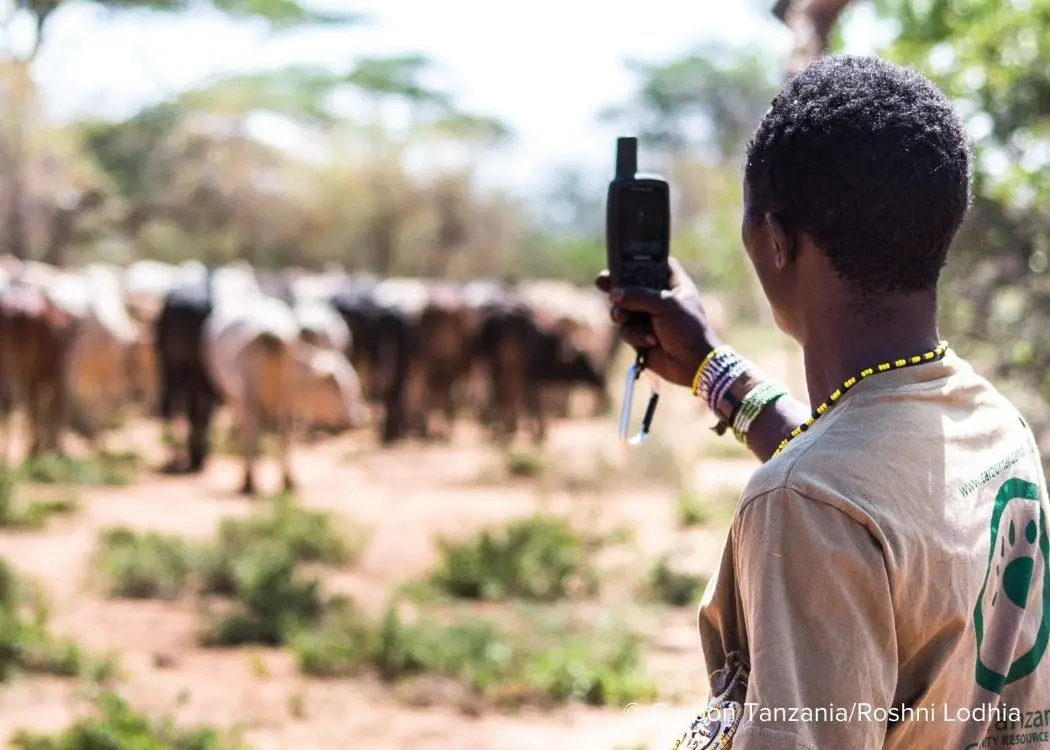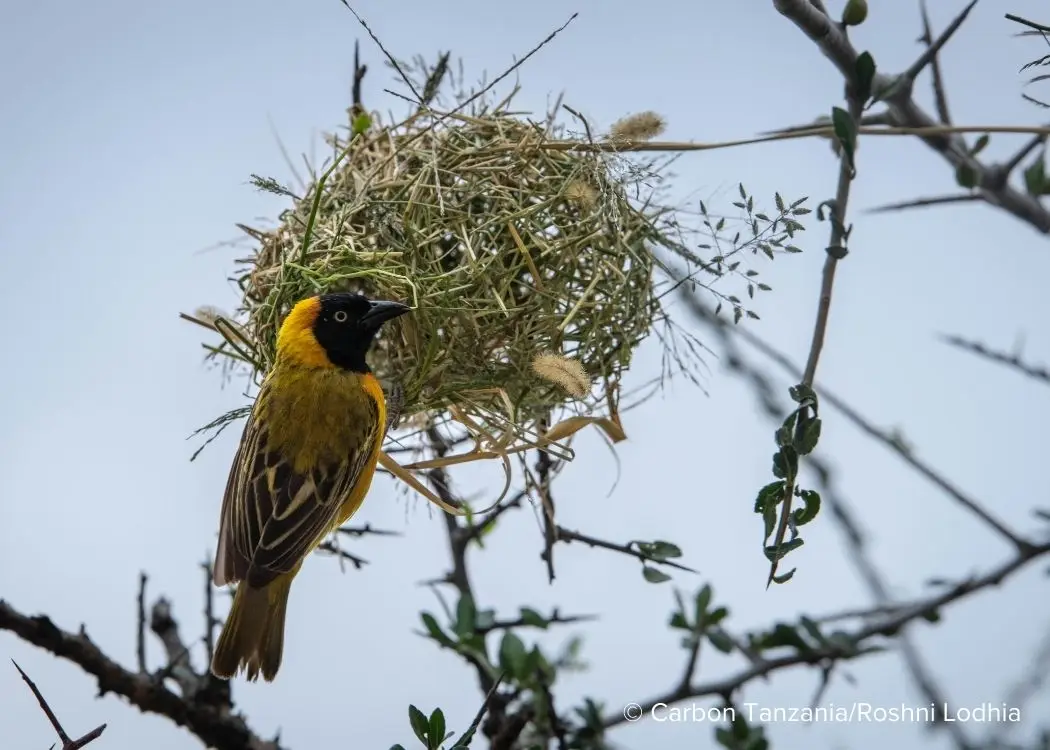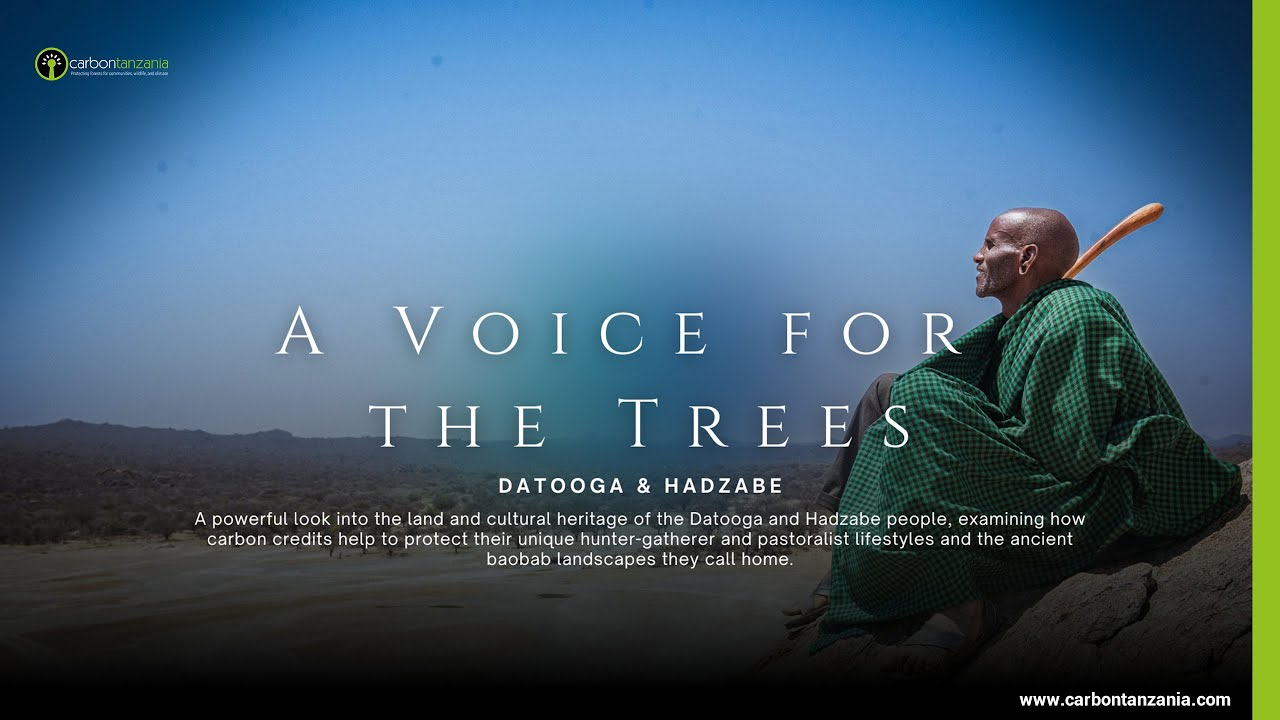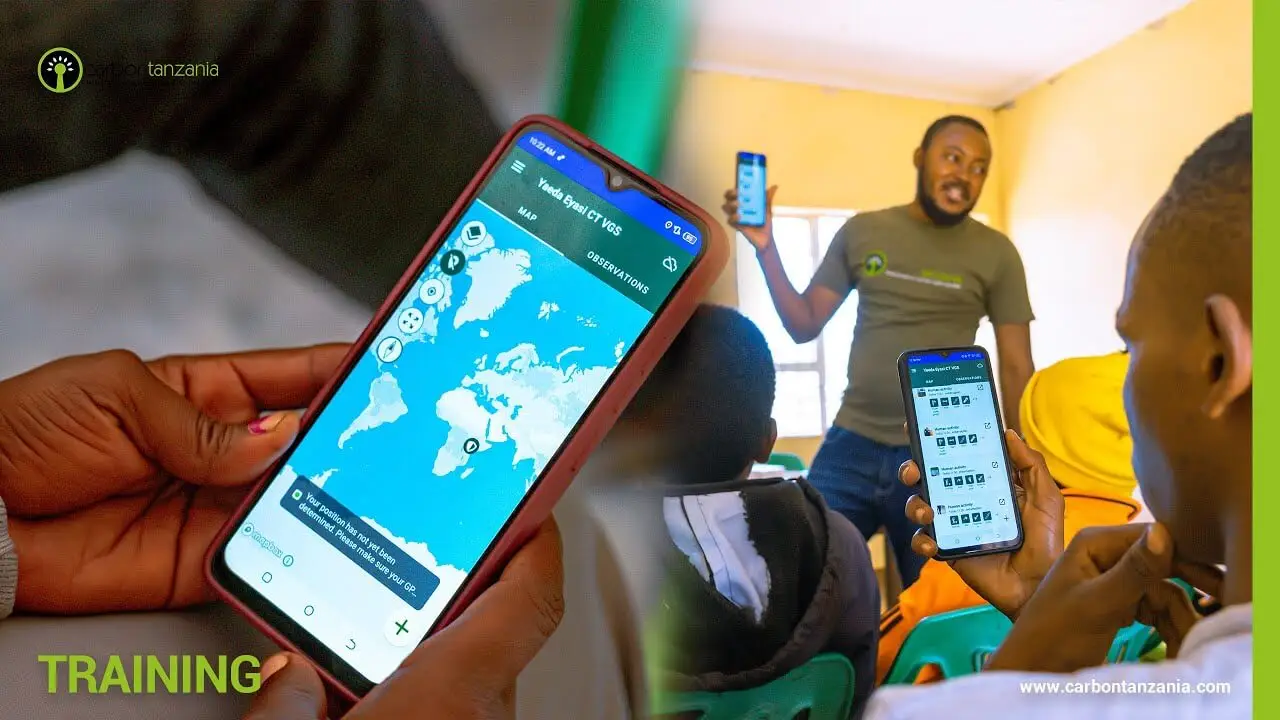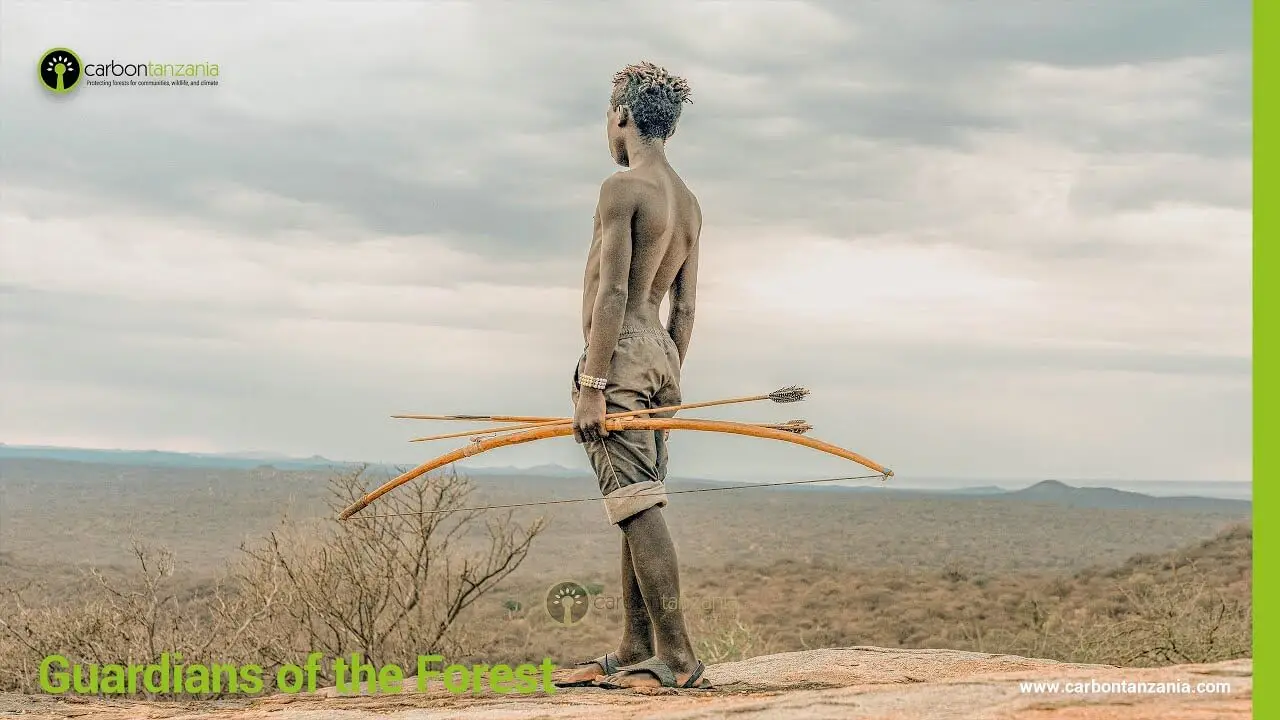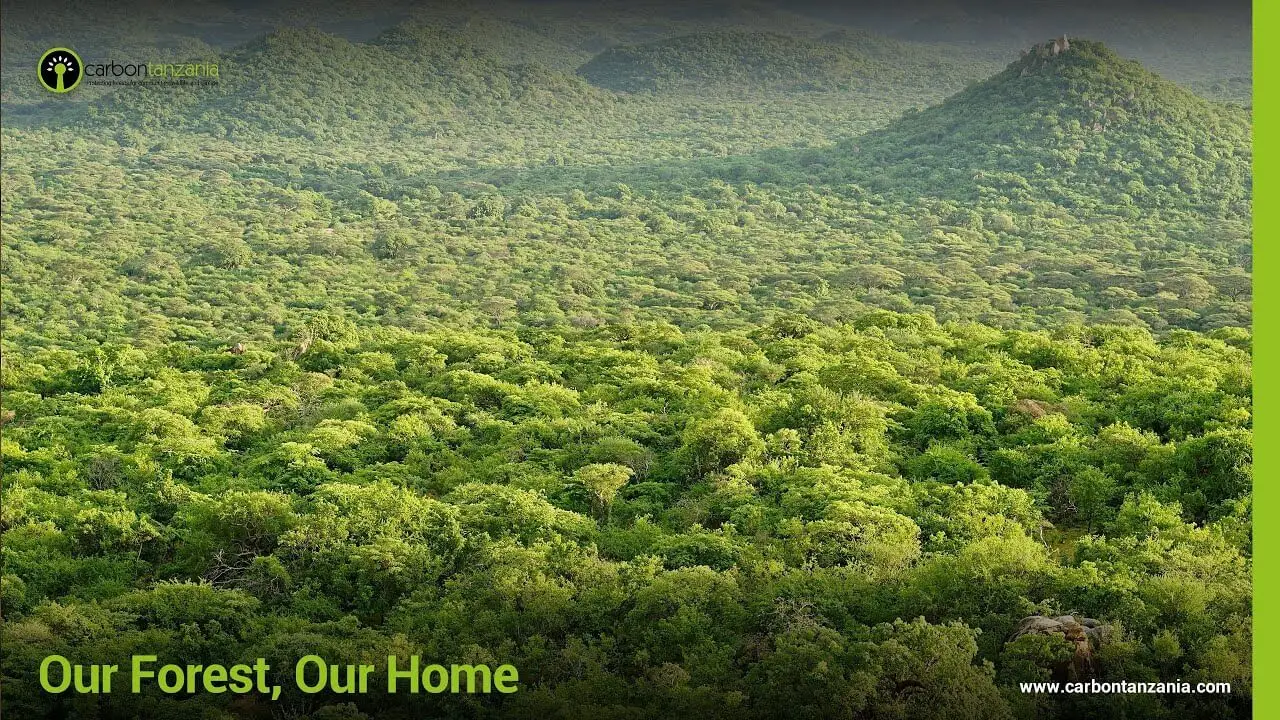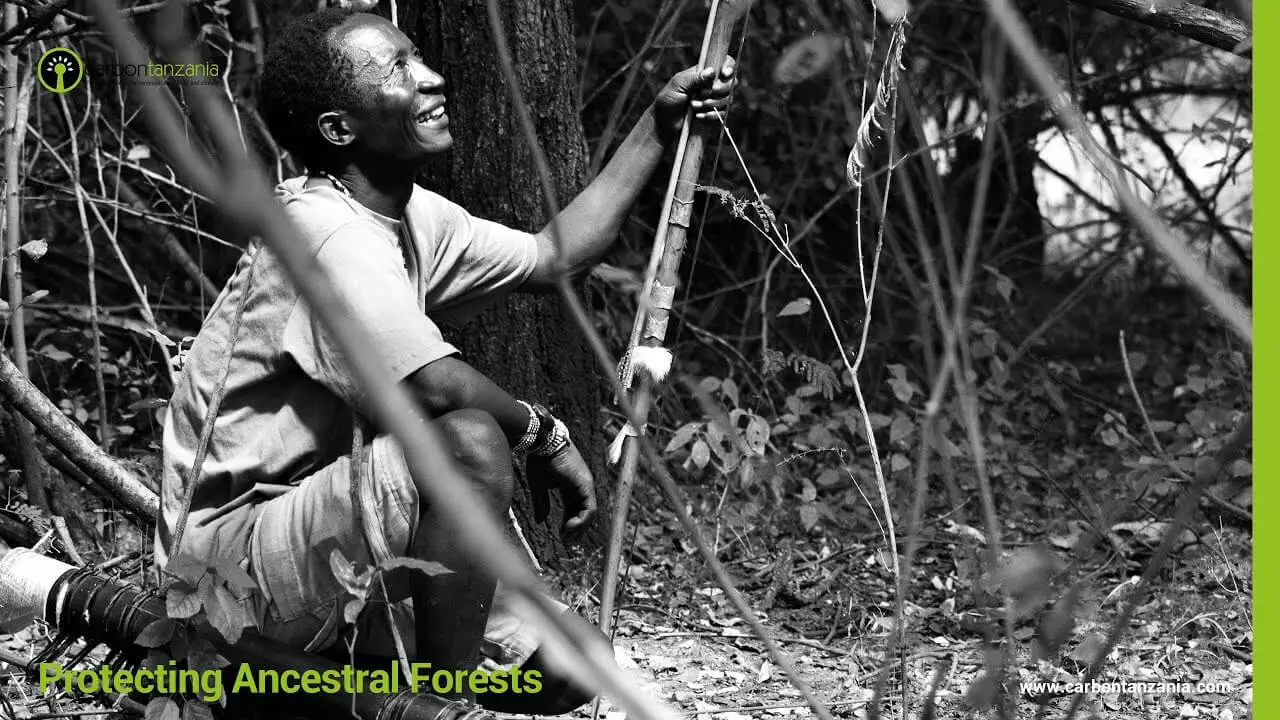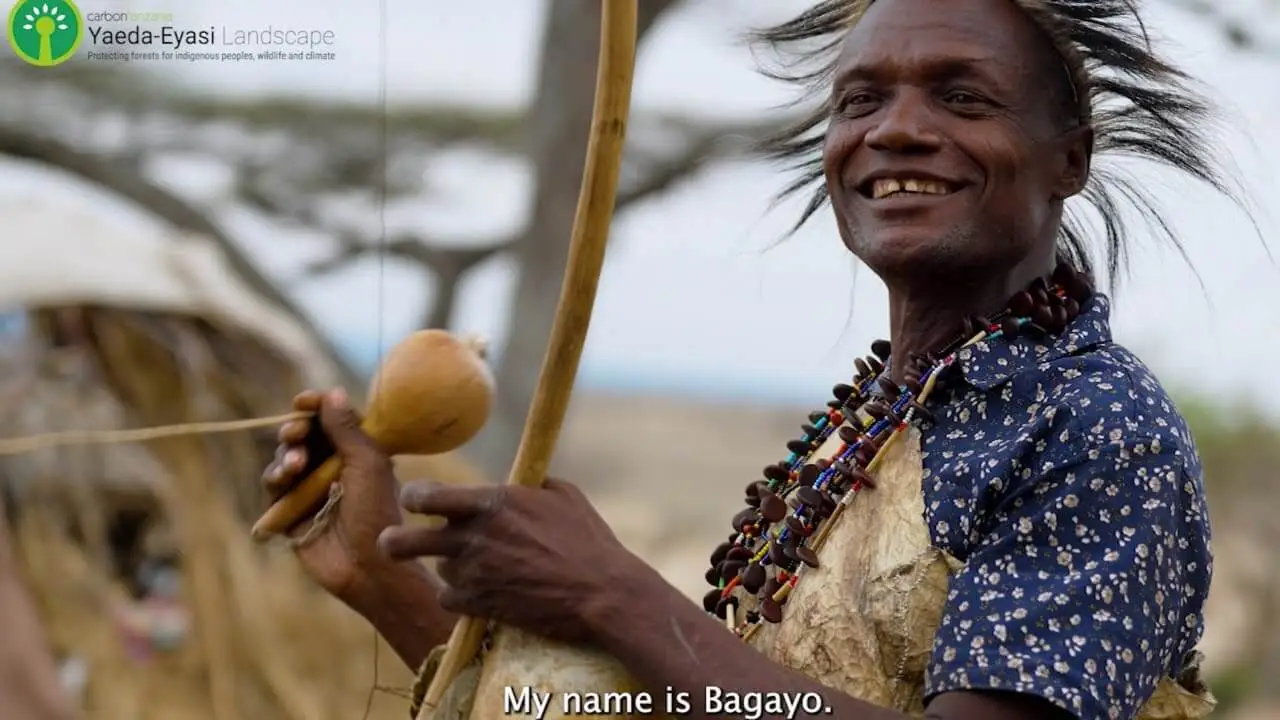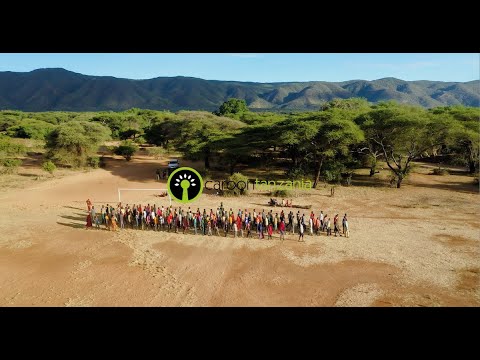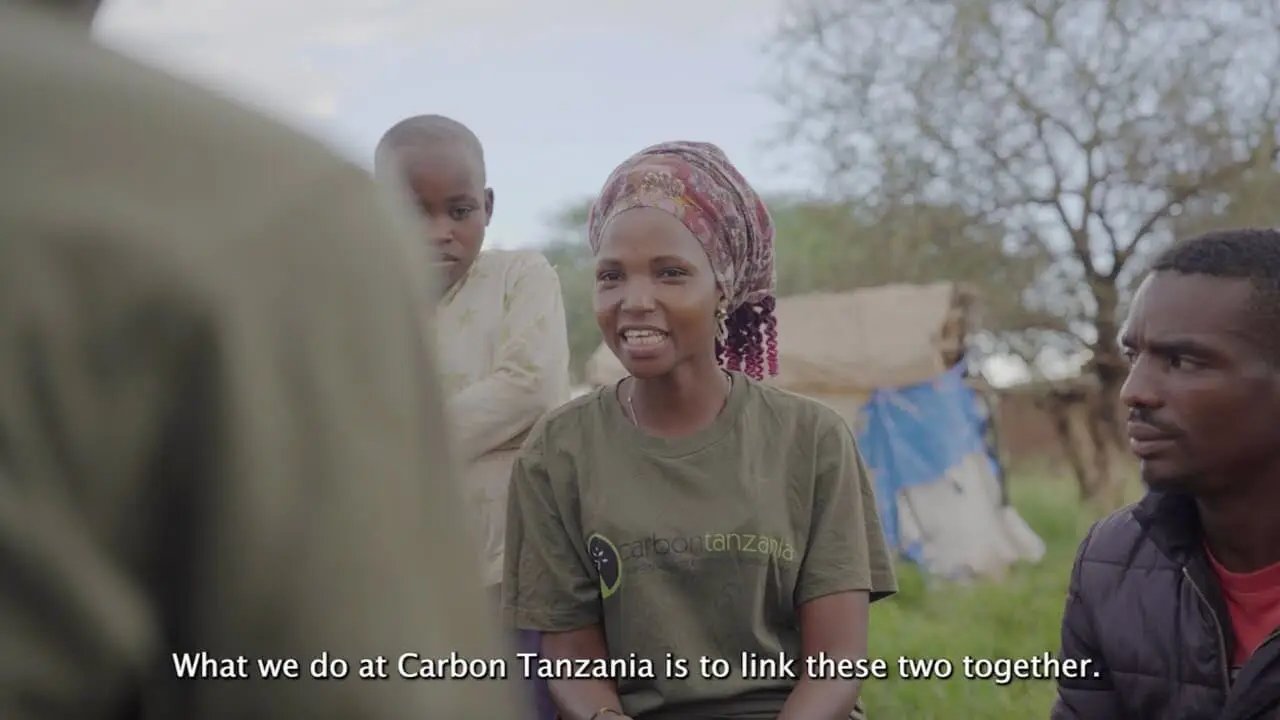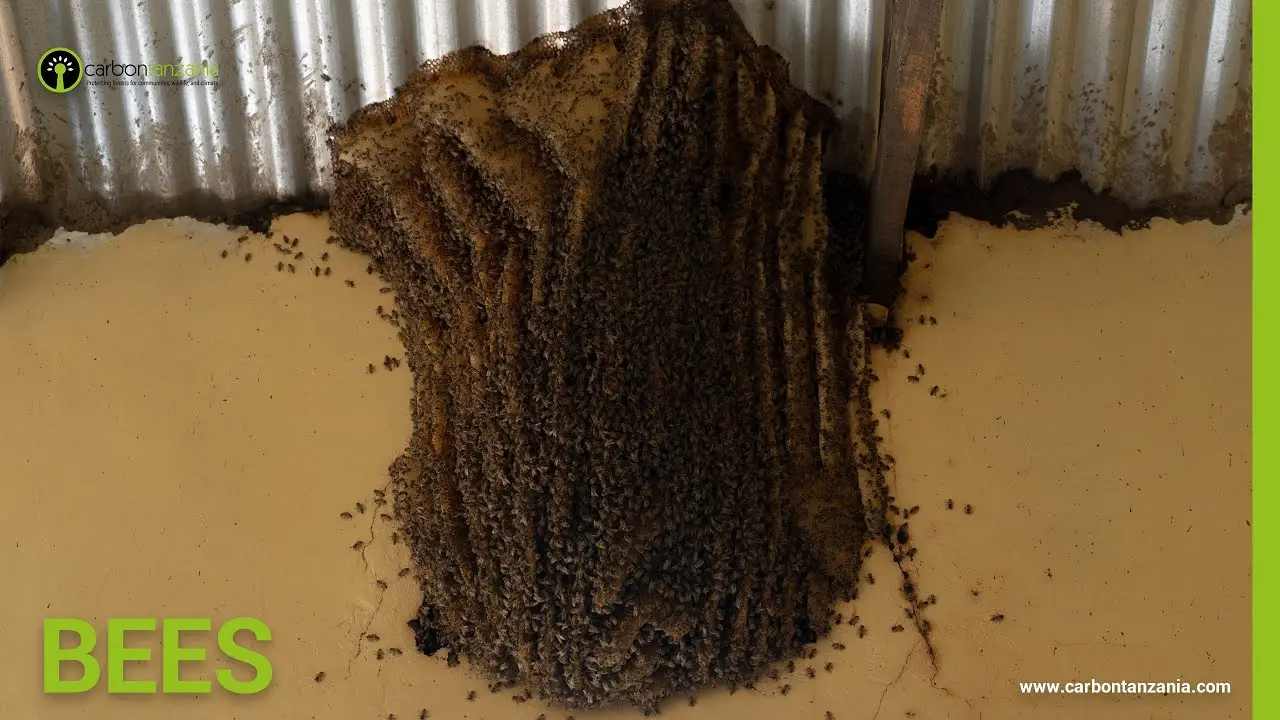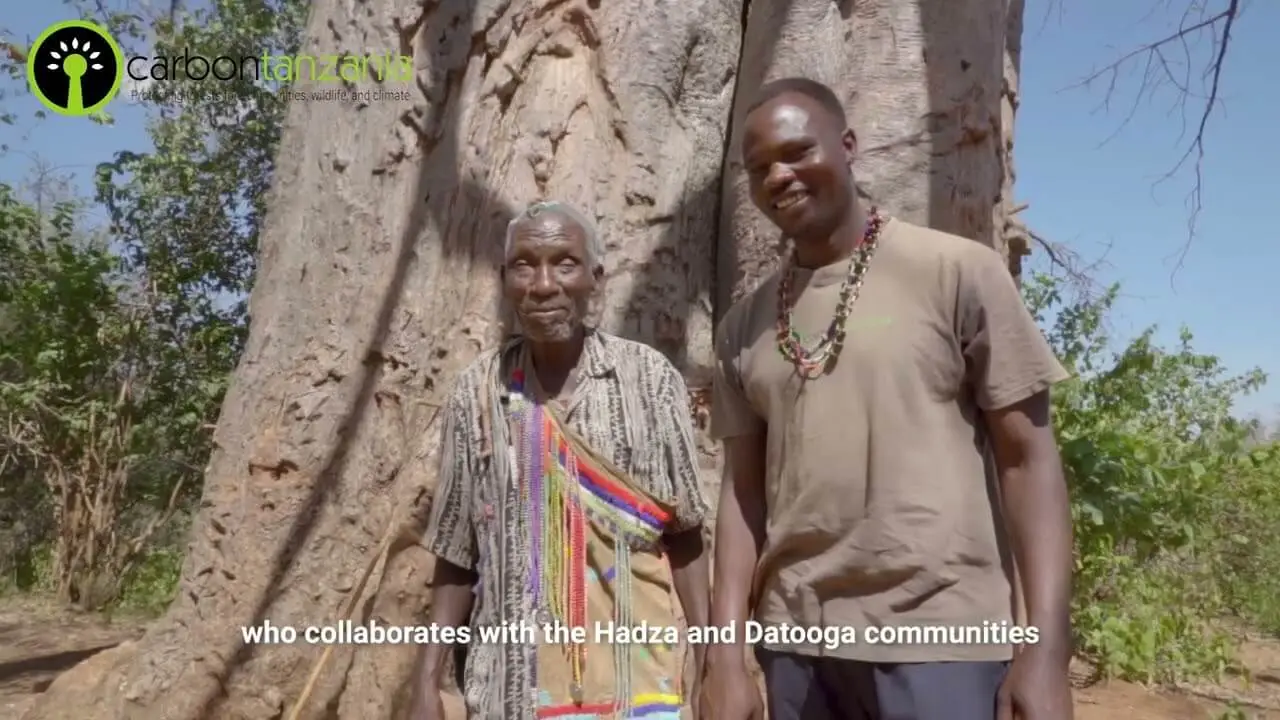This project helps Tanzania’s indigenous communities safeguard their natural resources and prevent their land from being converted into cropland by encroachers. In addition to preserving their forested homeland and traditional lifestyles, the project provides the communities with a new income stream and funds social initiatives that improve access to education and healthcare.
Where & Why
Forests are essential natural resources for Tanzania’s indigenous communities, such as the Hadza and Datooga tribes. These semi-nomadic forest dwellers maintain traditional lifestyles that are closely intertwined with the environment.
The Hadza have lived in northern Tanzania’s Yaeda Valley for 40,000 years and are one of the last remaining hunter-gatherer tribes on the planet. They engage in a subsistence lifestyle, living off the land and foraging for wild foods like honey, berries, and tubers. The Datooga on the other hand are a pastoralist community that raise their livestock in the forest. Unlike the destructive practices often used by industrial farmers, the Datooga graze their cattle in a sustainable way. Their grazing patterns mimic natural wildlife movements, lessening the impact and allowing the forest to regenerate. While the Hadza and Datooga maintain different ways of life, both communities have a deep connection to the forest and depend on its health for their survival. From providing food and medicine to holding spiritual value, there isn’t a tree without a purpose.
In recent decades, the communities were gradually displaced from their land. The Hadza and Datooga lived in temporary shelters and had no formal land ownership, making it easy for encroachers to come and take over their land. Prior to the project, the Hadza lost about 90% of their land to outside settlers who cleared the woodland areas primarily for subsistence farming. More recently, the Datooga land has been converted by encroachers to grow onions. Because the farmers used unsustainable agricultural methods, the soil quality quickly degraded, leading them to clear plot after plot of land. This deforestation and land-use change not only threatens the existence of the Hadza and Datooga peoples, it also generates carbon emissions that contribute to global climate change.
How & Who
This community-led project is protecting over 270,000 acres (110,000 hectares) of drylands forest in and around Tanzania’s Yaeda Valley and Eyasi landscape. The project area forms an essential wildlife corridor which connects to the Ngorongoro Crater Highlands, a critical habitat for an immense population of animals. The project reduces the amount of carbon emissions released through deforestation by preventing the Hadza and Datooga’s ancestral lands from being converted into cropland.
The project strengthens the communities’ land rights and helps them safeguard their natural resources from encroachers. The primary way the project accomplishes this is through the creation of village land use plans. These new plans were created by the communities with the support of the local government. By designating how different areas can be used, they prevent deforestation. While some areas may be used for grazing or farming, others are restricted as protected areas.
The communities finally gained legal land rights preceding the start of the project. Now, the project aids them in implementing regulations to protect their land. To enhance enforcement of the community by-laws, a police post was built and 142 community members are employed as village game scouts who patrol the forest for poachers or people cutting down trees.
Since the start of the project, the communities have observed an improvement in the health of the forest, noting that rainfall is better and wildlife is coming back. One study found that Masai giraffe numbers are increasing in the project area, in contrast to the rest of East Africa where the endangered species is largely in decline. In the past year many other animals including elephants, zebras, lions, leopards, and impalas were sighted in the project area.
In addition to ensuring resource security, the project allows more than 64,000 remote community members to access a new stream of finance for sustainable development. The project provided over $500,000 USD in 2022 alone to support community development initiatives. Previously, there were a limited number of secondary schools in select villages, so most community members did not receive an education. The project increases access to education by funding the construction of facilities and covering school fees. Health and wellness is another key area of focus. To improve community well-being, the project has installed school toilet blocks, introduced an ambulance service and outreach clinics, and paid for children’s school meals. Though the Hadza and Datooga’s traditional lifestyles are very much in harmony with the forest, these added social benefits provide an added economic incentive to conserve their land.
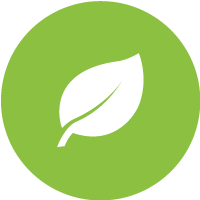
Environmental Benefits
- Safeguards important wildlife habitat and enhances ecosystems
- Mitigates climate change by preventing the conversion of forests
- Protects crucial water sources

Community Benefits
- Enhances land security for indigenous communities
- Creates local jobs and diversifies income
- Trains local community members on the relevant job skills
- Improves access to education and healthcare
- Empowers women through employment and a larger role in decision-making
- Safeguards natural resources that support sustainable traditional livelihoods
Project Type
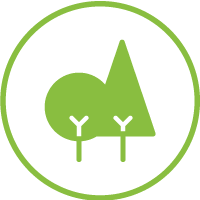
Forests
Location
Annual CO2 Reduction
172,359 metric tons CO2e (expected annual average for crediting period)
SDGs Supported
Verification Standard
Project Developers
Carbon Tanzania
Project Documents
Related Travel Experiences
These immersive experiences offer a firsthand opportunity to participate in project activities, explore local challenges, and see the real-world results on the ground.
Hadza Immersion
In the Hadza Immersion, travelers can visit the Yaeda Valley, a breathtaking landscape of open grasslands and rugged ridges, adorned with majestic baobab trees. In the heart of the valley, visitors can learn more about the culture of the Hadza – an ancient hunter-gatherer community that has preserved its traditions despite losing 90% of their former homeland to settlement.
During this trip, visitors will learn more about the Hadza’s traditional bush skills as they dig for tubers and harvest honey. Afternoons bring lessons in crafting arrows and gathering around the fire to hear ancestral legends. Guests will explore the valley’s stunning landscape while gaining insight into the Hadza’s deep ecological knowledge. This trip has been designed in collaboration with the Hadza community, ensuring it provides authentic insights and respects their heritage.

News & Stories
Offset Your Travel Footprint
Calculate and offset the carbon footprint of your flight in seconds via our online carbon calculator! Already know your carbon footprint? Click the option to “offset now.”












